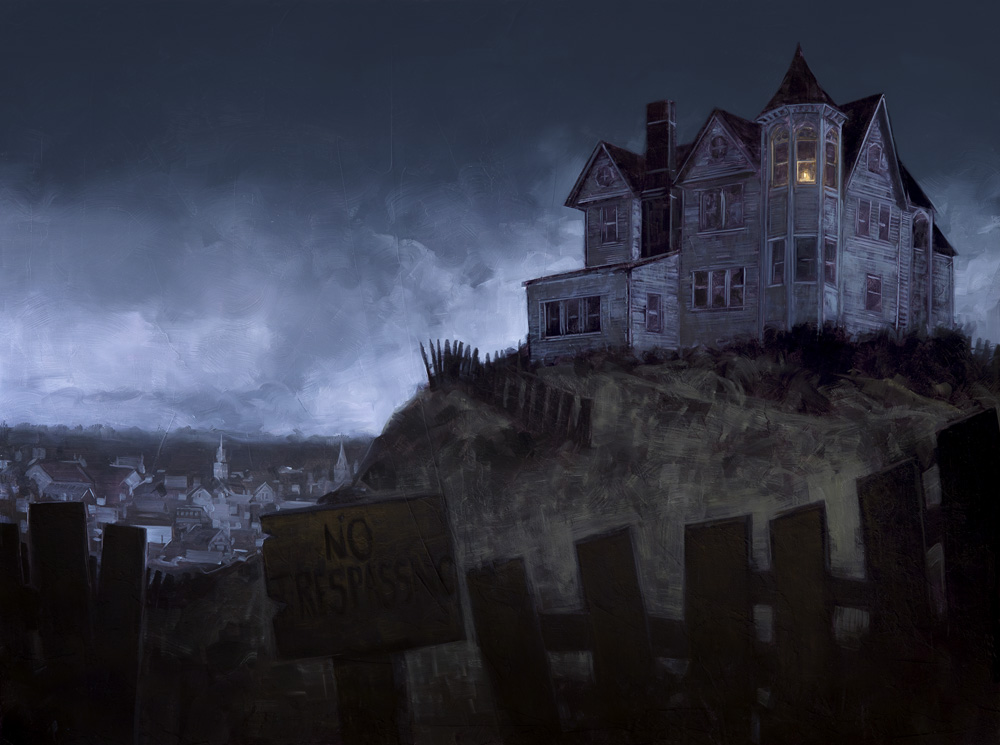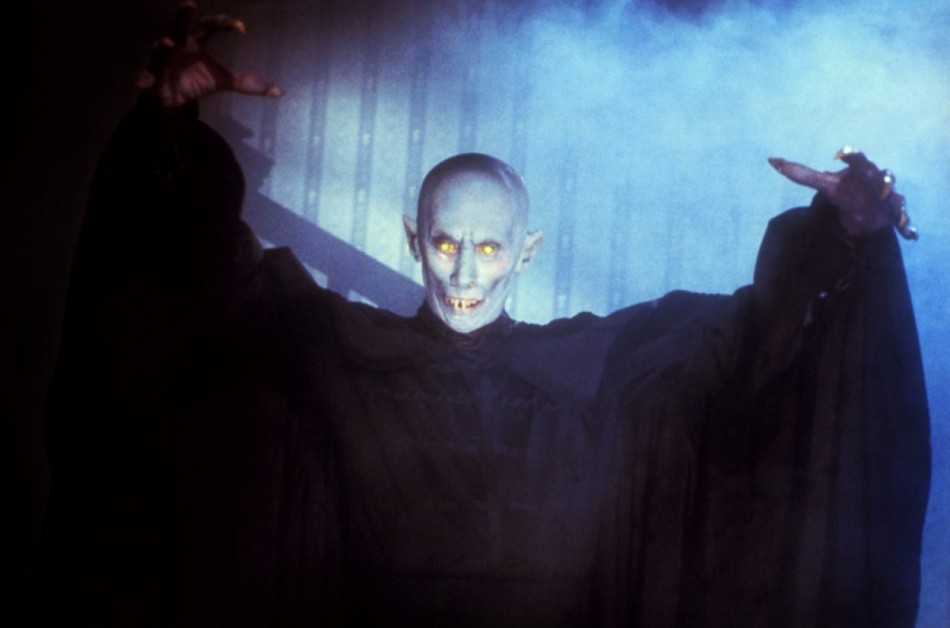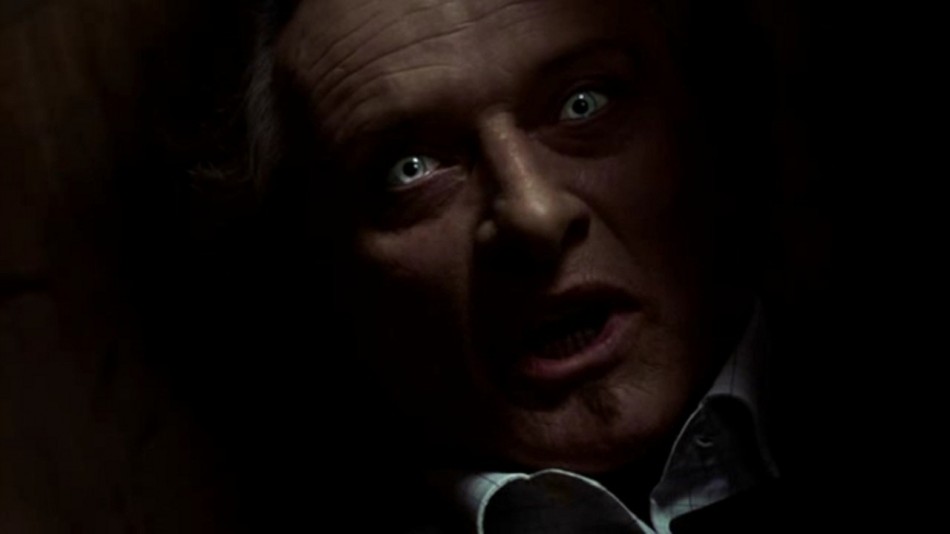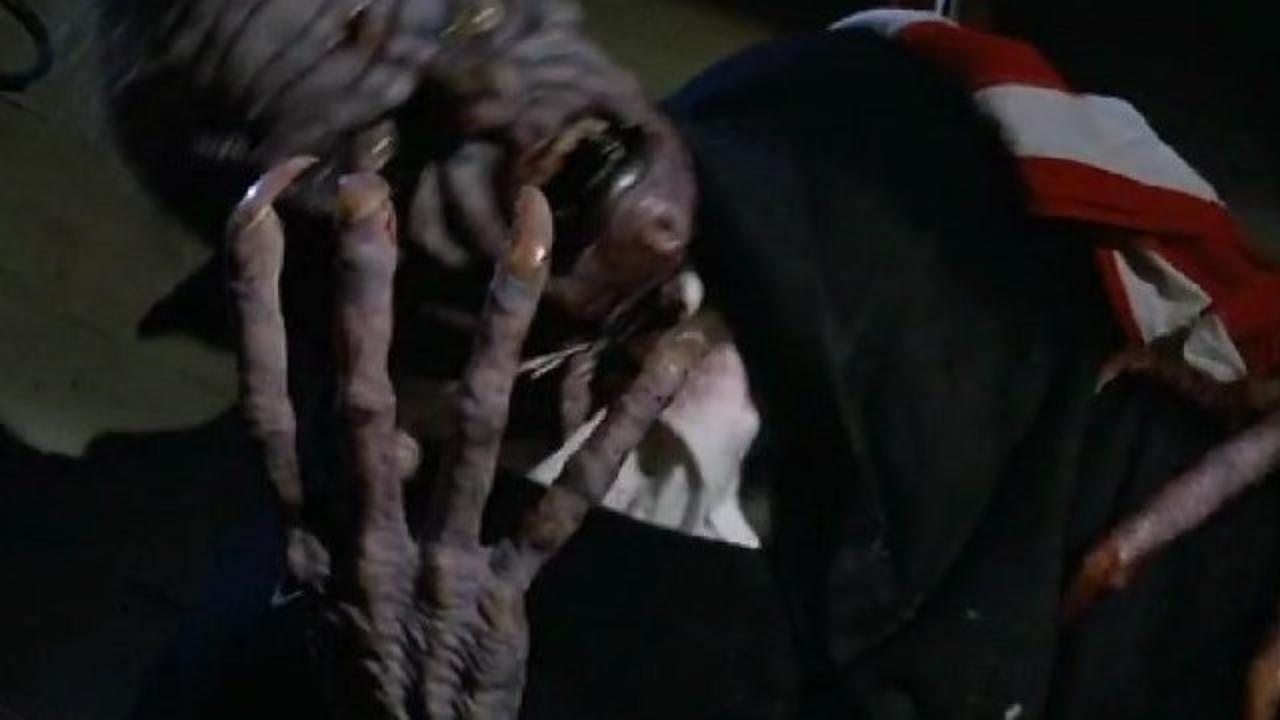
 Celebrating its 40th anniversary this year, Stephen King’s ‘Salem’s Lot (1975) has proven to be a novel of lasting endurance, presciently encapsulating, among other things, a post-Vietnam/Watergate society, a mercurial America entrenched in an ethos of paranoia and distrust with regard to the once assumed probity of the government writ large and institutions such as the Catholic Church and the sciences. In addition, King dissects the unique oppression endemic to the insular culture of small-town rural living, particularly in the mid-1970s when home computers, cell phones, and social networking were incipient to non-existent. This urbane deconstruction of American life married to the mythology of Bram Stoker’s Dracula (1897) co-mingled to create a literary alloy that has sired innumerable book printings, two broadcast television mini-series’, a cinematic pseudo-sequel, King-penned prequel and sequel short stories, and a three book denouement in King’s Dark Tower series featuring a main character from ‘Salem’s Lot.
Celebrating its 40th anniversary this year, Stephen King’s ‘Salem’s Lot (1975) has proven to be a novel of lasting endurance, presciently encapsulating, among other things, a post-Vietnam/Watergate society, a mercurial America entrenched in an ethos of paranoia and distrust with regard to the once assumed probity of the government writ large and institutions such as the Catholic Church and the sciences. In addition, King dissects the unique oppression endemic to the insular culture of small-town rural living, particularly in the mid-1970s when home computers, cell phones, and social networking were incipient to non-existent. This urbane deconstruction of American life married to the mythology of Bram Stoker’s Dracula (1897) co-mingled to create a literary alloy that has sired innumerable book printings, two broadcast television mini-series’, a cinematic pseudo-sequel, King-penned prequel and sequel short stories, and a three book denouement in King’s Dark Tower series featuring a main character from ‘Salem’s Lot.

In addition to these key literary elements, a deeper examination of the novel reveals a rich reservoir of meaning revolving around the role of religion in society, the breakdown of community, and the often mundane nature of evil in our everyday lives. In the novel ‘Salem’s Lot, Barlow and Straker, two men of considerable and unabashed evil, take great comfort that their soulless presence and endeavors will be masked in part by the nearly equal soulless condition of a town seeking to bathe their own everyday misdeeds in shadow. Seen through this lens, ‘Salem’s Lot might then serve as a form of what ethicist Sharon Welch describes as resistance literature, works that have developed out of marginalized communities over the last century, works that convey an ongoing struggle for liberation. She writes in her book A Feminist Ethic of Risk, “The function of telling particular stories of oppression and resistance is not to find the ‘one true story’ of subjugation and revolt but is to elicit other stories of suffering and courage, of defeat, of tragedy and resilient creativity.” Similarly, within the novel ‘Salem’s Lot the protagonists emerge out of a subjugated culture to stand against the seeming unconquerable vampire Barlow.

The characters within the novel, in response to the systematic injustice of the vampire, embrace an ethic or theology of liberation, one that embeds its ideology within the distress and subjugation of peoples and cultures that have been marginalized, abused, starved out, and forgotten, with an eschatological perspective that seeks to transform the very structure of society and reversing or eradicating the oppressive invasion of whatever dominant hierarchy exists. In his essay “A Theology of Liberation,” Gustavo Gutiérrez explains that “the present in the praxis of liberation, in its deepest dimension, is pregnant with the future” and that “it means sinking roots where the pulse of history is beating at this moment.” The protagonists of the novel such as Ben Mears, Mark Petrie, and Father Callahan work toward the emancipation of the town of Jerusalem’s Lot, serving deeply and fully in the present with a confidence of a liberated future.

These disparate characters form into a community of solidarity whereby they not only identify with Barlow’s victims, they take active steps to address and ameliorate said oppression. Solidarity is crucial to any movement against the dark oppression the vampire inflicts on the town, and individual acts of heroism are muted next to unified cohesive strategies. Mears, Petrie, Callahan, Susan Norton, Dr. Cody, and Matt Burke form a community of faith and action that fails when solidarity is fractured, represented in the separation of the group both physically and ideologically, agents working individually versus together as a stronger singular entity. Susan, Cody, and Callahan are all easily dispatched due to their eagerness to operate outside of the solidarity of the community, reflecting the view of Welch that “Despair is avoided by an embrace of community.”
This is not to argue that the efforts of the Vampire Hunters in ‘Salem’s Lot are futile. In his book A Theology of Liberation: History, Politics, and Salvation, Gutiérrez argues that the work against oppression is long, difficult, and oftentimes fruitless with any number of failures and setbacks, requiring what he terms a “theology of hope.” This hope in the future rooted in the present is evidenced in the final pages of ‘Salem’s Lot as Ben and Mark, having returned to Jerusalem’s Lot after hiding out in Mexico, are determined to end the vampiric oppression which has fully engulfed the town. With no promise of a transformative future, they are mobilized by hope, mobilized by the gift of their solidarity, mobilized by a supernatural enslavement from which an entire population need liberated.
There is a surprising dearth of general or academic work examining the considerable reach of ‘Salem’s Lot within popular culture. While there are volumes dedicated to the oeuvre of Stephen King, nobody has attempted an exhaustive analysis of one of the few fictional narratives that has left such an indelible impression on literature, film, and a solicitous fan base, traversing and interconnecting theology and academia within the larger popular culture in a compelling and thought-provoking manner as a result of its rich history, mythology, cosmogonic implications, and the metaphorical potential to lead one into contemplating their role amidst the oppressive forces of our day.
Notes:
- King-penned prequel and sequel short stories, and a three book denouement in King’s Dark Tower series: Stephen King’s prequel, “Jerusalem’s Lot,” was published in his short story anthology Night Shift (1978). The anthology also featured King’s sequel, “One for the Road,” reprinted from its original appearance in Maine (April/May 1977). The denouement occurs in King’s Dark Tower books, Wolves of the Calla (2003), Song of Susannah (2004), and The Dark Tower (2004).
- “The function of telling particular stories of oppression and resistance”: Sharon D. Welch, A Feminist Ethic of Risk (Minneapolis: Augsburg Fortress Press, 2000), 139.
- “the present in the praxis of liberation”: Gustavo Gutiérrez, “A Theology of Liberation,” in Readings in Christian Ethics: A Historical Sourcebook, ed. Philip Wogaman and Douglas M. Strong (Louisville: Westminster/John Knox Press, 1996), 343.
- “it means sinking roots where the pulse of history”: Ibid.
- “Despair is avoided by an embrace of community”: Welch, A Feminist Ethic of Risk, 144.
- “theology of hope”: Gustavo Gutiérrez, A Theology of Liberation: History, Politics, and Salvation (Maryknoll, NY: Orbis Books, 1973), 125.
Jess Peacock is the author of “Such a Dark Thing: Theology of the Vampire Narrative in Popular Culture” (Eugene, Or.: Resource Publications, 2015). His next book, “Legacy of the Marsten House: Stephen King’s ‘Salem’s Lot as Resistance Literature,” will be published by McFarland next year. This is his first article for Vamped.
For further studies on Stephen King’s vampires, consult J. Gordon Melton, “The Vampire in Folklore, History, Literature, Film and Television: A Comprehensive Bibliography,” compiled with Alysa Hornick (Jefferson, N.C.: McFarland, 2015), 132–4. Melton will be the keynote speaker at the forthcoming Halloween vampire studies symposium.
This might have been an article insightful and interesting as the title suggests, but it’s difficult to tell because the writer has composed it so poorly (or else an editor has mangled it while adapting it for an internet site). What with sentences that are fragmented or lead nowhere, words that are deliberately obtuse, high-minded jargon, and quotes from obscure writings that are only slightly related to the subject matter, it sounds like a paper written by a college undergraduate that hopes to impress their professor by parroting phrases heard in the classroom. I hope this isn’t how you wrote the whole book that you’ve mentioned here, because it’ll be unreadable if you did. Try reading King’s own book about writing, or John Gardener’s, or any number of other good writers’s, and eschew the “cosmogonical” approach.
Hi! Vamped’s editor here. Thank you for your feed back, Steve.
So, not a fan? You’re more than welcome to submit contributions of your own, too, you know. Show us how writing’s done properly. Pitch me your story idea, presuming you have one, and we’ll take it from there: http://vamped.org/contact-us/